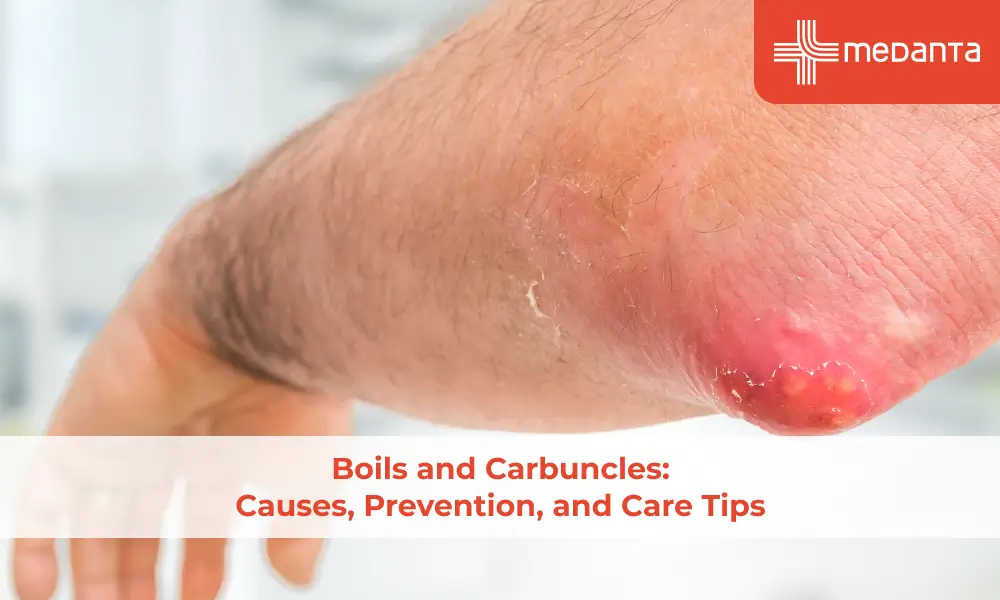Hope for Little Eyes: Overcoming Retinoblastoma Against All Odds!

Retinoblastoma is thye most common cancer affecting 9000 to 10000 children globally each year. While it can be an immensely scary diagnosis for any family to receive, advances in early detection and pioneering new treatments mean that salvage and survival rates have dramatically improved in recent decades.
Through modern multidisciplinary care involving ophthalmologists, oncologists, radiologists and more, over 90% of children with retinoblastoma are living normal, healthy lives into adulthood according to recent studies. Let's discuss how to overcome retinoblastoma!
Retinoblastoma Symptoms and Signs
Early detection is crucial when it comes to retinoblastoma, as prompt intervention can significantly improve outcomes. Here are some common symptoms of Retinoblastoma to watch for:
1) Leukocoria: The Telltale "White Eye"
One of the most prominent signs of retinoblastoma is leukocoria, often referred to as the "white eye" or “Cat’s eye” reflex.
Instead of the typical red-eye effect seen in photographs, individuals with retinoblastoma may exhibit a white or yellowish glow in the pupil when light is shone into their eyes. This abnormal reflection should prompt immediate medical evaluation.
2) Strabismus
Strabismus, or crossed eyes, can also be indicative of retinoblastoma. If you notice that your child's eyes appear misaligned or do not move together in unison, it's essential to consult with an eye care professional for further assessment.
3) Vision Changes and Eye Pain
Changes in vision, such as blurred vision or decreased clarity, may signal the presence of retinoblastoma.
Additionally, children with retinoblastoma may experience eye pain or discomfort, particularly when exposed to bright light. These retinoblastoma symptoms should never be ignored and warrant prompt medical attention.
The Causes of Retinoblastoma
Welcome to our comprehensive guide on the causes of retinoblastoma, a rare but serious form of eye cancer that primarily affects young children. Here are the factors that contribute to the development of retinoblastoma, shedding light on this complex condition.
1) Genetic Factors
One of the primary causes of retinoblastoma is genetic mutations that are passed down from parent to child. Inherited mutations in the RB1 gene, located on chromosome 13, play a significant role in predisposing individuals to retinoblastoma.
These mutations disrupt the normal growth and development of retinal cells, leading to the formation of cancerous tumors within the eye. Individuals with a family history of retinoblastoma are at an increased risk of developing the condition themselves.
2) Sporadic Mutations
In some cases, retinoblastoma can occur sporadically, without any known family history of the disease. These sporadic mutations in the RB1 gene can arise spontaneously during fetal development or early childhood.
3) Hereditary and Non-Hereditary Forms of Retinoblastoma
Retinoblastoma can be classified into two main categories: hereditary and non-hereditary. Hereditary retinoblastoma is characterized by the presence of inherited mutations in the RB1 gene, typically affecting both eyes and occurring at an earlier age.
In contrast, non-hereditary retinoblastoma often manifests as unilateral tumors in a single eye and is associated with sporadic mutations in the RB1 gene. Understanding the distinction between these two forms of retinoblastoma is crucial for accurate diagnosis and treatment planning.
Effective Treatments for Retinoblastoma
Welcome to our comprehensive guide on retinoblastoma treatments, where we'll discuss the various options available to combat this rare but serious form of eye cancer.
If you or a loved one has been diagnosed with retinoblastoma, you're likely seeking information on the most effective treatment approaches. Let us walk you through the different treatment modalities for retinoblastoma, empowering you to make informed decisions about your care. Let's dive in!
1. Chemotherapy
Chemotherapy is a commonly used treatment for retinoblastoma, especially in cases where the cancer has spread beyond the eye or when tumors are too large for other treatments. Chemotherapy drugs are administered either intravenously or through intra-arterial infusion directly into the blood vessels supplying the eye.
These drugs work by targeting and killing cancer cells, thereby shrinking tumors and preventing further spread of the disease. Chemotherapy may be used alone or in combination with other treatments, such as surgery or radiation therapy.
2. Radiation Therapy
Radiation therapy involves the use of high-energy X-rays or other forms of radiation to destroy cancer cells. In the case of retinoblastoma, radiation therapy is often delivered externally, using a machine outside the body to target the tumor with focused radiation beams.
3. Laser Therapy
Laser therapy, also known as photocoagulation, is a minimally invasive treatment option for small retinoblastoma tumors that are located away from the optic nerve or macula. During laser therapy, a focused laser beam is used to heat and destroy cancerous cells, causing the tumor to shrink over time.
4. Cryotherapy
Cryotherapy, or freezing therapy, is another minimally invasive treatment option for small retinoblastoma tumors. During cryotherapy, a probe is used to deliver freezing temperatures to the tumor, causing the cancer cells to freeze and die.
Cryotherapy is typically performed under local anesthesia and may be repeated multiple times to ensure complete eradication of the tumor. This treatment is most effective for tumors that are located on the surface of the retina or in the vitreous fluid inside the eye.
5. Enucleation
In cases where retinoblastoma has caused extensive damage to the eye or when other treatments have failed, surgical removal of the affected eye may be necessary.
This procedure, known as enucleation, involves the complete removal of the eye and is performed under general anesthesia. While enucleation may seem drastic, it is often the most effective way to prevent the spread of cancer to other parts of the body and to ensure the patient's long-term survival. After enucleation, a prosthetic eye or orbital implant may be placed to restore the appearance of the eye.
Conclusion
Retinoblastoma may be a rare and life-threatening condition, but it is not unbeatable. With early detection and proper treatment, there is hope for little eyes to overcome this disease. Don't ignore any retinoblastoma symptoms such as eye reflections or a white spot in your child's pupil - prompt medical attention can make all the difference.
Parents and caregivers, be vigilant and aware of the cause of retinoblastoma in order to take preventative measures. Remember, knowledge is power when it comes to protecting our children's health. And for those who have already been diagnosed with retinoblastoma, don't lose hope.
Modern medicine has come a long way in treating this condition, and there are multiple options available for your child's care.






